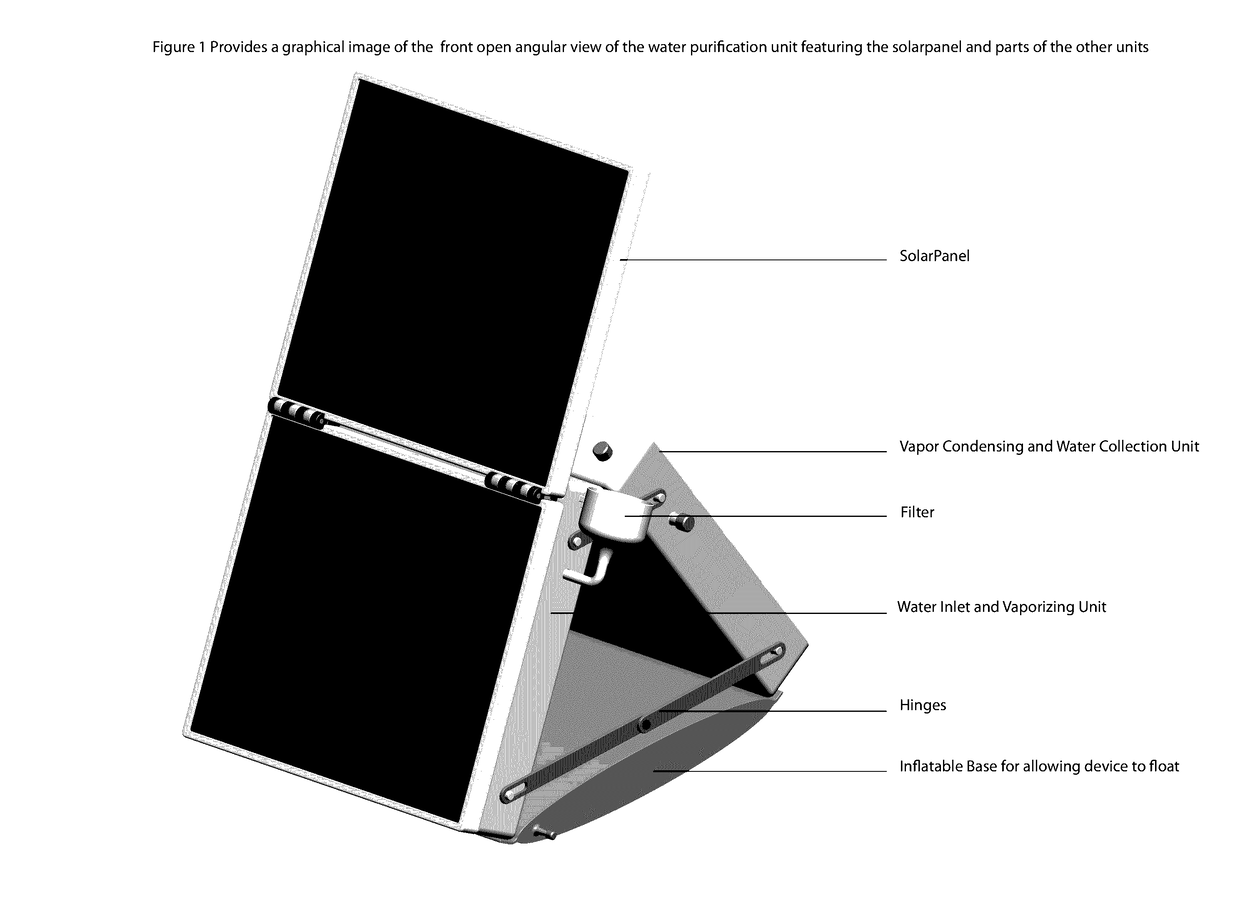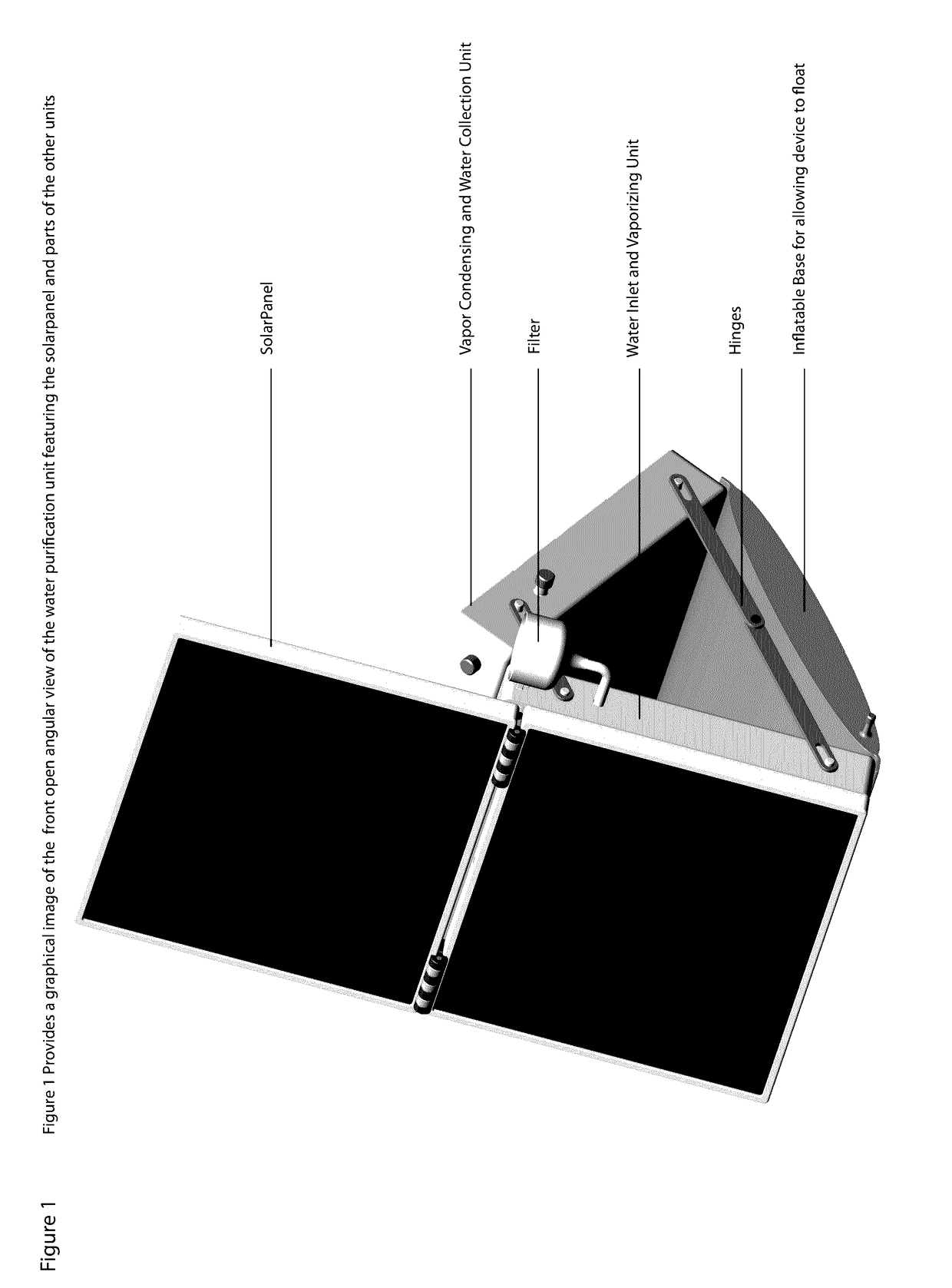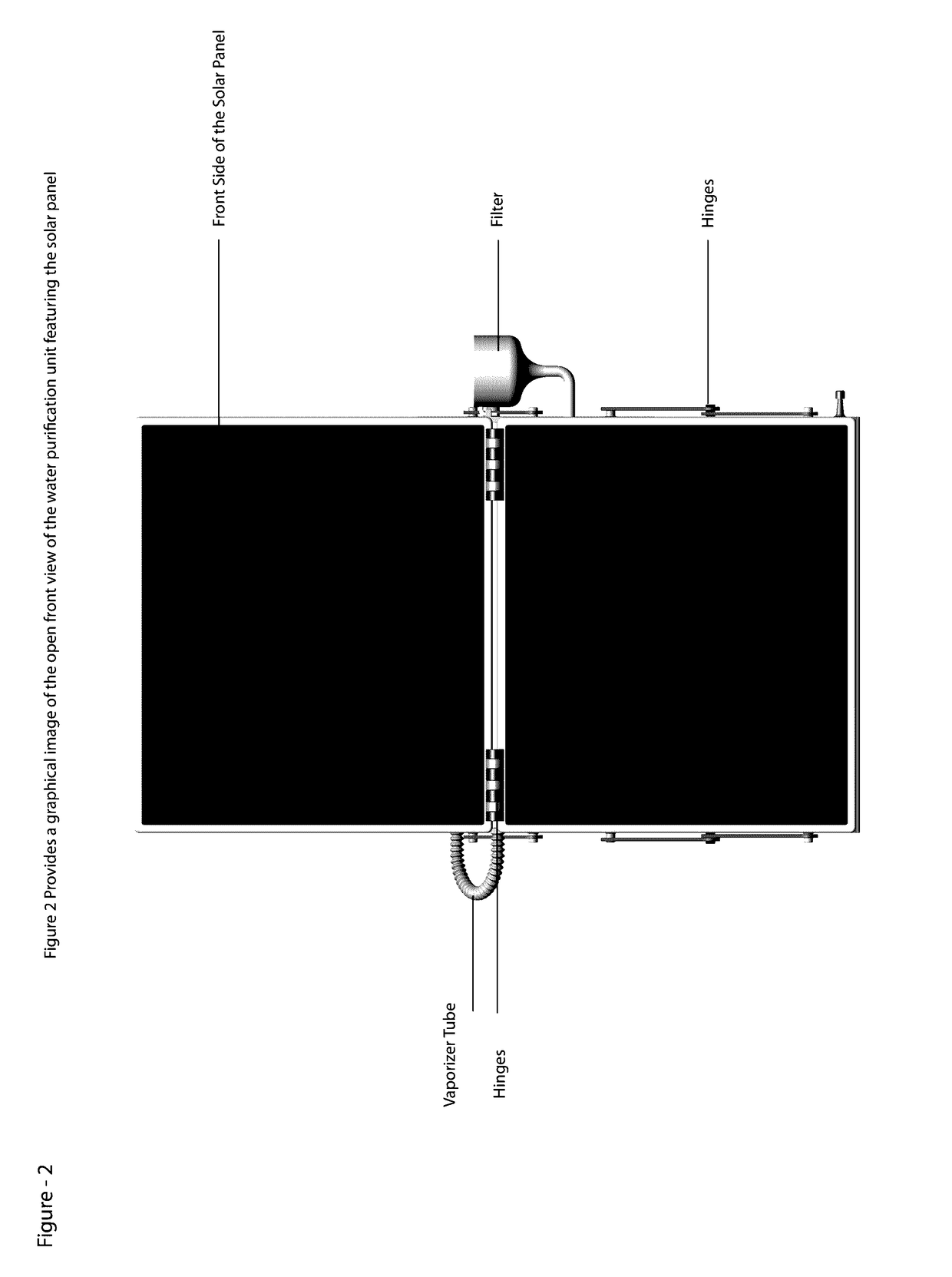According to a recent study by
Planet Green, 88% of deaths worldwide from
diarrhea are caused from unsafe drinking water, inadequate availability of water for
hygiene, and lack of access to
sanitation; around 1.5 million children perish each year from unsafe water and inadequate
sanitation.
Furthermore, this amounts to 18% of all under-five deaths and means that more than 4,000 children are dying every day as a result of
diarrheal diseases alone.
Methods to remove these contaminants range from simple and inexpensive, to elaborate and costly.
It is also expensive to boil and cool water); and
ultraviolet light (good bactericide, but has no residual kill, and works only in clearly filtered water.
Chemicals:
chlorine (is common, cheap, but extremely toxic; it does not decrease physical or chemical
contamination, it does increase colesterol formations, is a
carcinogen, and causes
heart disease);
bromine (used in pools and spas, doesn't smell or taste as bad and doesn't kill
bacteria very well);
iodine (not practical, is mostly used by campers);
hydrogen peroxide (kills
bacteria with
oxygen, is chemically made and is very toxic; is used in emergencies); silver (an effective bactericide but a cumulative poison which concentrates and doesn't evaporate); nontoxic organic acids (should be used with caution in large water plants only);
lime and milk alkaline agents (should also be used with caution only by large water plants, or only for
laundry); neutralizing chemicals (adds chemicals which lump together
suspended particles for
filtration or separation); coagulation
flocculation;
ion exchange (exchanges
sodium from salt for
calcium or
magnesium, using either
glauconite (greensand), precipitated synthetic organic resins, or gel
zeolite, thus
softening the water.
Filtration: slow sand (1 cubic meter passes about 2 liters / min, and does a limited
bacteria removal); pressure sand (1 cubic meter passes about 40 gpm and must be backwashed daily); diatomaceous earth (removes small
suspended particles at high flow rates, must be daily backwashed and is expensive); porous stone /
ceramic filters (filters are small but expensive, and do not effect chemicals, bacteria or odors); paper or cloth filters (filters are disposable and filter to one micron, but do not have much capacity);
charcoal (compressed
charcoal / carbon block is the best type of
charcoal filter, can remove chemicals and lead, but is easily clogged, so should be used with a
sediment prefilter; granular charcoal is cheaper, but water can flow around the granules without being treated; powdered charcoal is a very fine dust useful for spot cleaning larger bodies of water, but is messy and can pass through some filters and be consumed);
reverse osmosis (uses a membrane with microscopic holes that require 4 to 8 times the volume of water processed to wash it in order to remove minerals and salt, but not necessarily chemicals and bacteria); enzymes and bacteria (combined can remove contaminants, reduce
sludge, and even digest oil); and plants (numerous plants, animals and organisms that are quite effective in filtering water).
However, it takes space, is expensive, and picks up contaminants from the air);
ozone (is a very good bactericide, using highly charged
oxygen molecules to kill microorganisms on contact, and to ozidize and flocculate iron,
manganese and other dissolved minerals for post-
filtration and
backwashing) and electronic purification / dissolved
oxygen generation (creates super oxygenated water in a dissolved state that lowers the
surface tension of the water and effectively treats all three types of
contamination: physical, chemical and biological).
As discussed above, gaining access to safe drinking water is a serious issue affecting people of all ages worldwide.
For those living in remote communities where the availability of improved water sources is limited, challenges can be immense and
impact quality of life in significant ways.
The risk of fatalities is so immense that every 20 seconds, a child passes away as a result of inadequate sanitation, according to the United Nations.
Even then, just 1 percent of our freshwater is easily accessible, with much of it trapped in glaciers and snowfields.
Due to geography, climate,
engineering, regulation, and competition for resources, some regions seem relatively flush with freshwater, while others face drought and debilitating
pollution.
In much of the developing world,
clean water is either hard to come by or a commodity that requires laborious work or significant currency to obtain.
 Login to View More
Login to View More 


